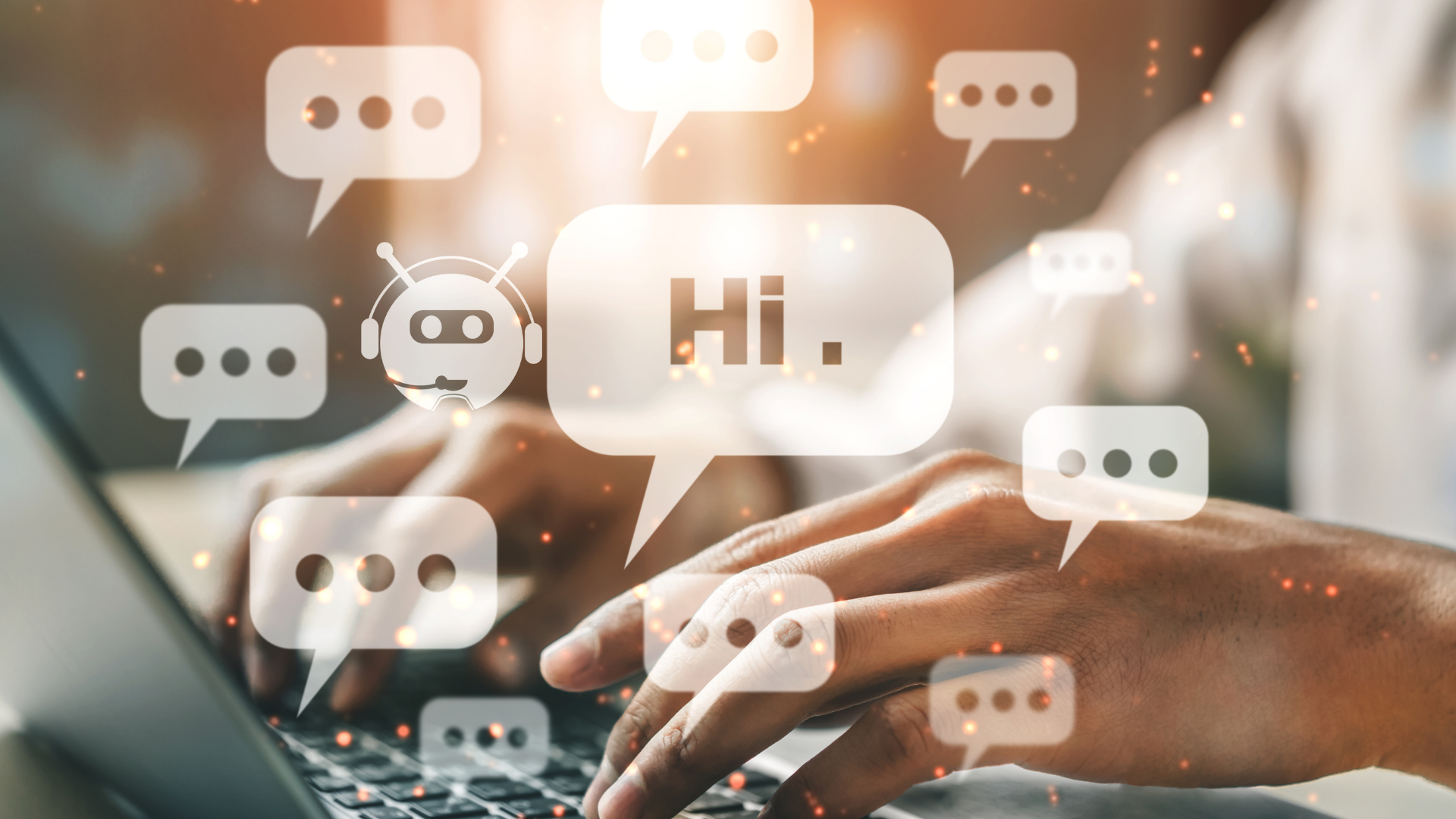Workplace chatbots are a great way to deliver an exceptional personalized experience to your workforce. When executed thoughtfully, they enable employees to perform common tasks in an easy and intuitive way, plus they provide quick answers to the most commonly asked questions.
![[asset] 3-steps-to-a-successful-chatbot-project](https://images.ctfassets.net/z7p73u8c0thn/5O096btdxlSX7lWxXk86hS/d0210c1c2cd1917a43b3a2d67d5c3148/3-steps-to-a-successful-chatbot-project-01.png?w=629&h=279&q=60&fm=png&bg=transparent)
According to Outgrow, 80% of businesses are expected to have some sort of chatbot automation by 2020 and it's no surprise based on the results being experienced by organizations who are already putting the technology to the test. Liberty Mutual Insurance, for example, recently implemented a workplace chatbot to drive efficiencies across its IT help desk and improve employee satisfaction levels. The chatbot was piloted to all mobile users for the use cases of unlocking phones, registering and unregistering devices and syncing calendars, and in just two months, Liberty realized significant benefits, including a 93% expense reduction for each help desk transaction.
![[gif] ITSM Help Desk Ticket Chatbot](http://images.ctfassets.net/z7p73u8c0thn/4Ql7menetKlO2ANdu6uXjZ/5f2b6a8e17564d3c37b633cd9d52fbda/GA_September_ITSM.gif)
With results like that, it's hard not to run right out and implement a chatbot today. But before you do, here are three easy steps to make sure your workplace chatbot project is a success:
1. Conduct persona mapping
To deliver value early with your chatbot initiative, it's critical that you understand your employees and their pain points. So, talk to your workforce -- find out how they use applications and what questions and tasks they have that could be distracting them from their high-value work. By building your chatbot with these considerations in mind, your adoption rate will skyrocket as your workers recognize how much value the tool provides to them.
2. Take a layered approach
Since the goal of a great workplace chatbot is to answer questions, you should start by understanding which systems and departments your employees have the most trouble interacting with. Once you identify those areas -- HR, IT help desk, facilities, etc. -- compile the top 5-10 questions from each and start by having your chatbot address those. This not only provides easy, immediate value to employees, it also creates a concierge-like experience your employees will come to rely on.
3. Involve employees in the process
The ultimate value of your chatbot will be driven by how much it's used. The more it's used, the less pressure there is on departments such as the IT help desk to dedicate resources to handling low-level inquiries. Efficiency increases across the board and everyone in the company ultimately wins. To increase usage of your chatbot, ask for employee input from the earliest stages of the project, as well as after implementation. This kind of bottom-up approach -- which should rely heavily on design thinking -- will be instrumental in identifying the small things that mean the most to employees (e.g. did you know that one of the top 10 questions employees have is "what's for lunch in the cafeteria today?").
It's clear that chatbots will have a big role on the future of work. The only question now is, will you be taking advantage of all the benefits they have to offer?




